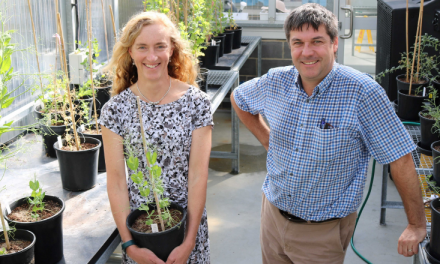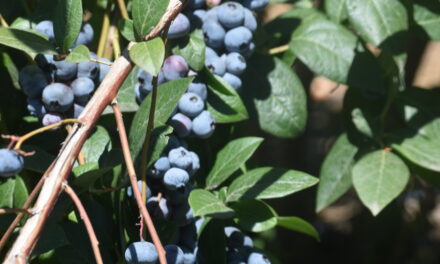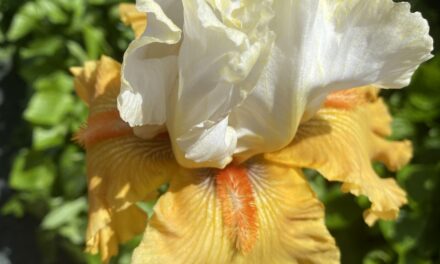A recent analysis of Australian agricultural industries has put horticulture at the forefront in sustainable practices.
A review of the latest data[i] from the Australian Bureau of Statistics identified the Australian horticulture industry to have the highest water efficiency of all agricultural industries returning $6,200 of value per megalitre used in Gross Value of Production (GVP) terms.
Horticulture generated the highest GVP per hectare of production land used at $31,486, with the second highest (viticulture) trailing at $7,720.
Horticulture is now the second most valuable agricultural sector at $10.2 billion.
And the horticulture industry also has the lowest total greenhouse gas emissions and lowest greenhouse gas emissions per $ of GVP at 0.03 tonnes of CO2-e.[ii]
Looking at the whole product life cycle, horticulture can attribute low greenhouse gas emissions post-production to the high proportion of production located in peri-urban areas and surrounds.
Hort Innovation Research and Development Lead Dr Anthony Kachenko said the changing climate, high energy costs and the emergence of water-related issues such as salinity, water contamination, reduced environmental flows and supply security has brought greater attention to the importance of on-farm efficiency.
“With the increasing cost of agricultural inputs, such as water and energy, increasing the efficiency of these inputs remains an important issue for the industry,” he said.
“What this data has shown is while horticulture is intensive in terms of resource use, such as capital, labour, energy and water, it also a high value industry.”
Dr Kachenko said horticulture had proved successful in its adoption of sustainable practices and moving forward, Hort Innovation would continue to support its industries to adopt greater sustainability approaches avoiding negatively impacting the environment.
“Initiatives which increase on-farm efficiency will be critical to ensuring the horticulture industry can not only become more productive and profitable, but also improve environmental outcomes.”
Hort Innovation is working to develop a Sustainability Framework for the horticulture sector to continue the momentum in this space.
[i] ABS efficiency data relating to water, land use, GVP and value is from the latest available report – 2017/2018.
[ii] Co2e references are based on the most recent available data – 2015/2016.







